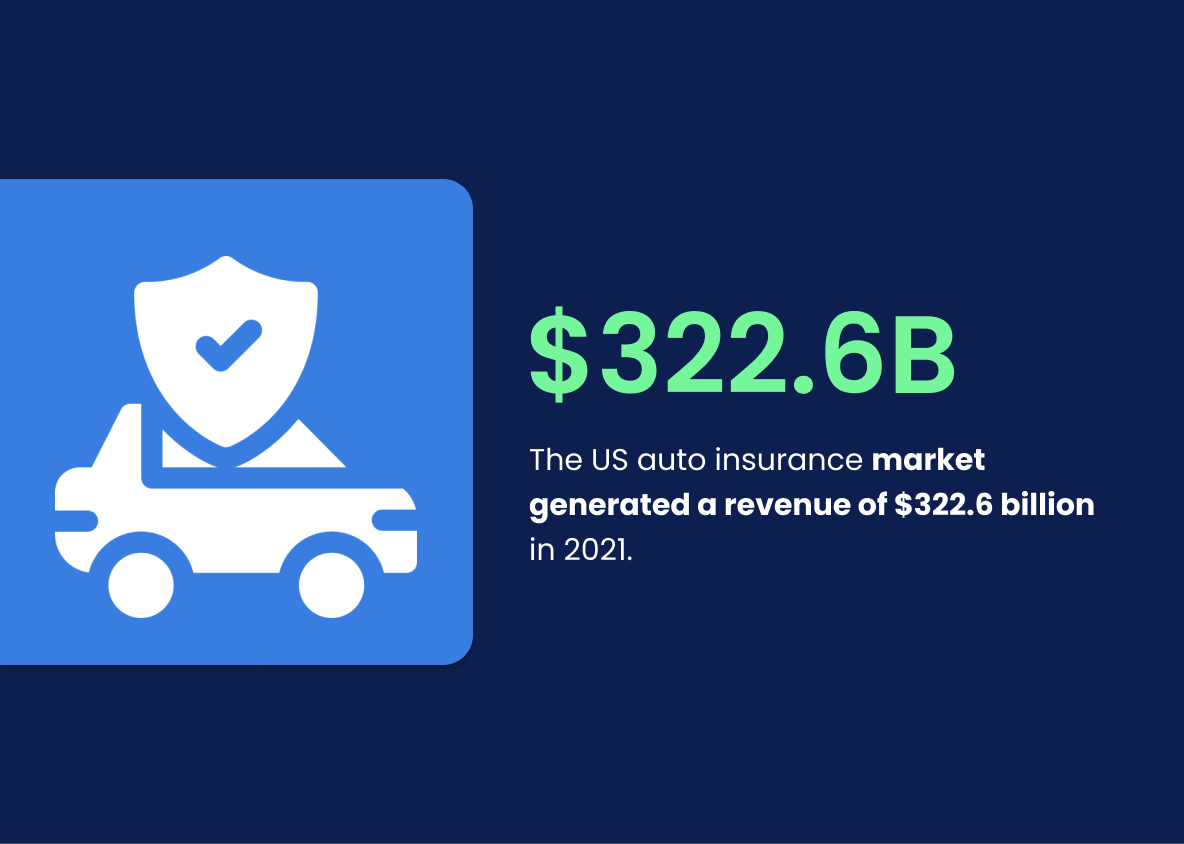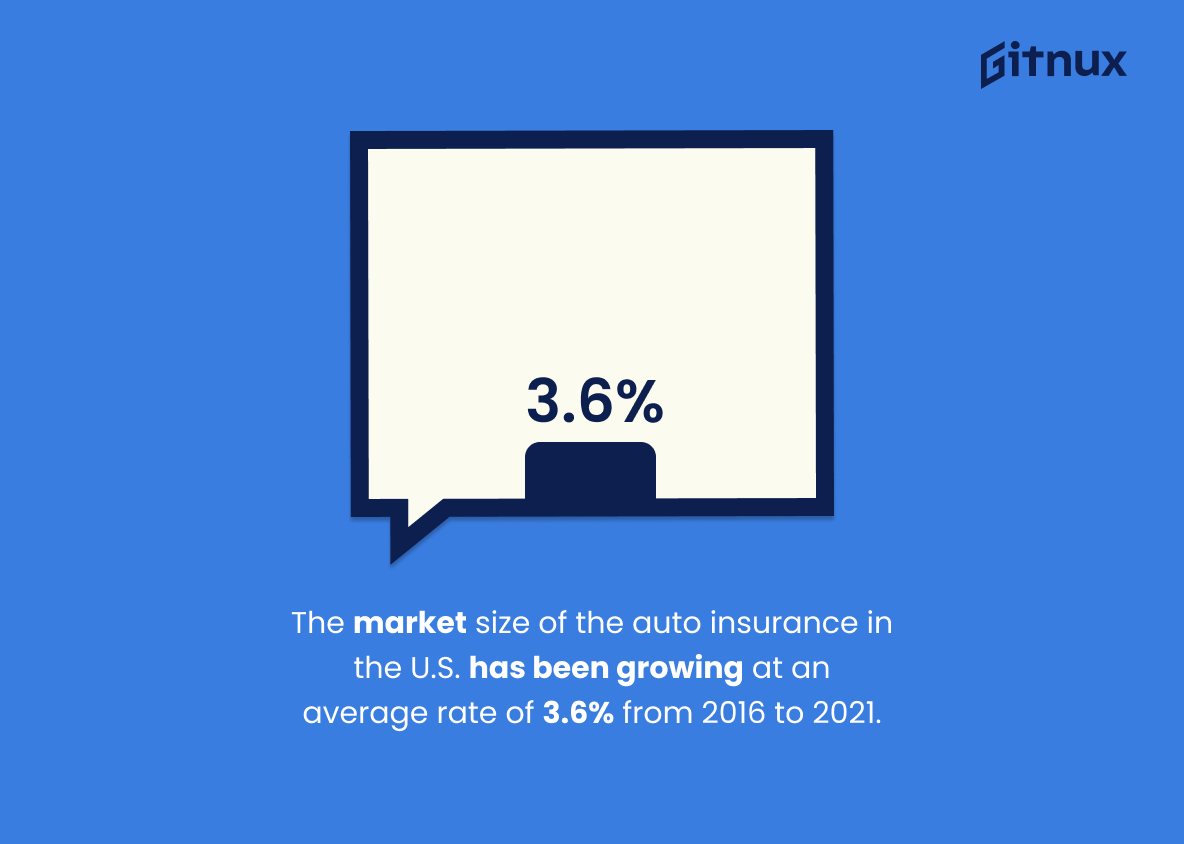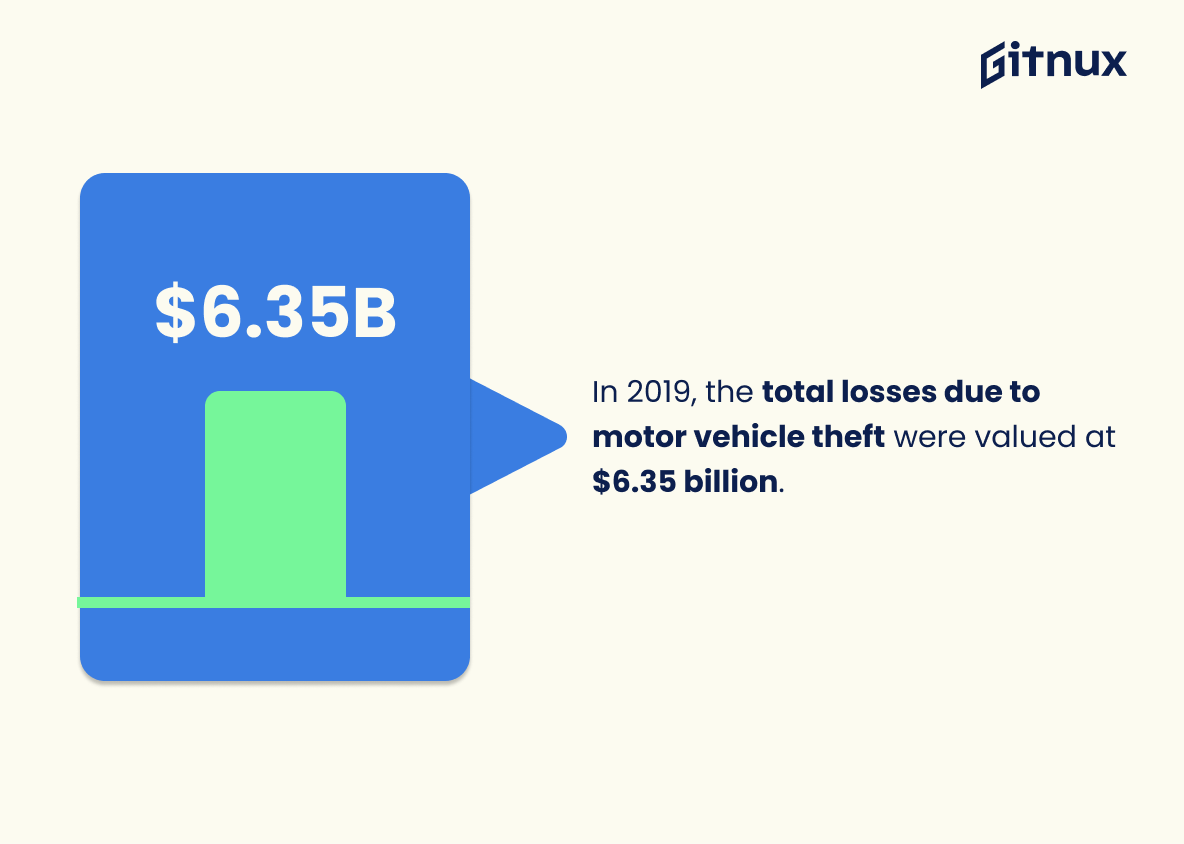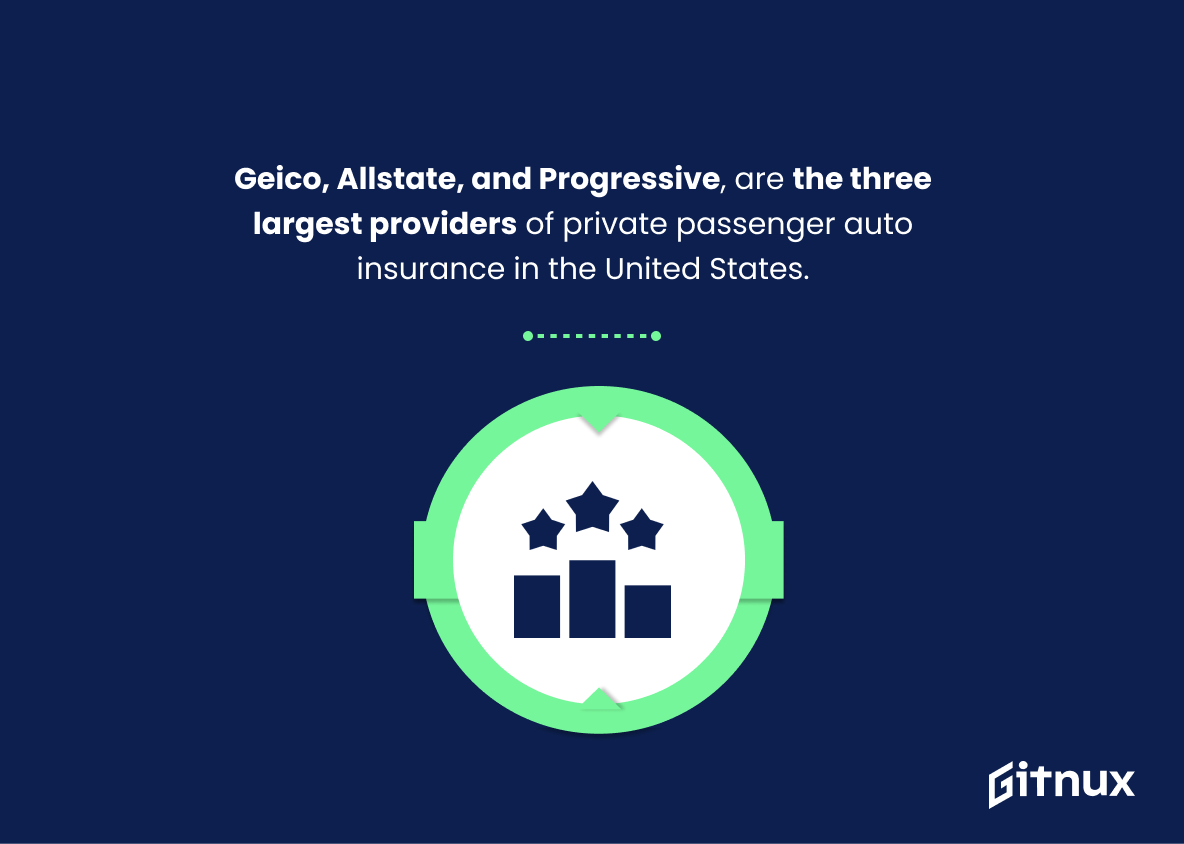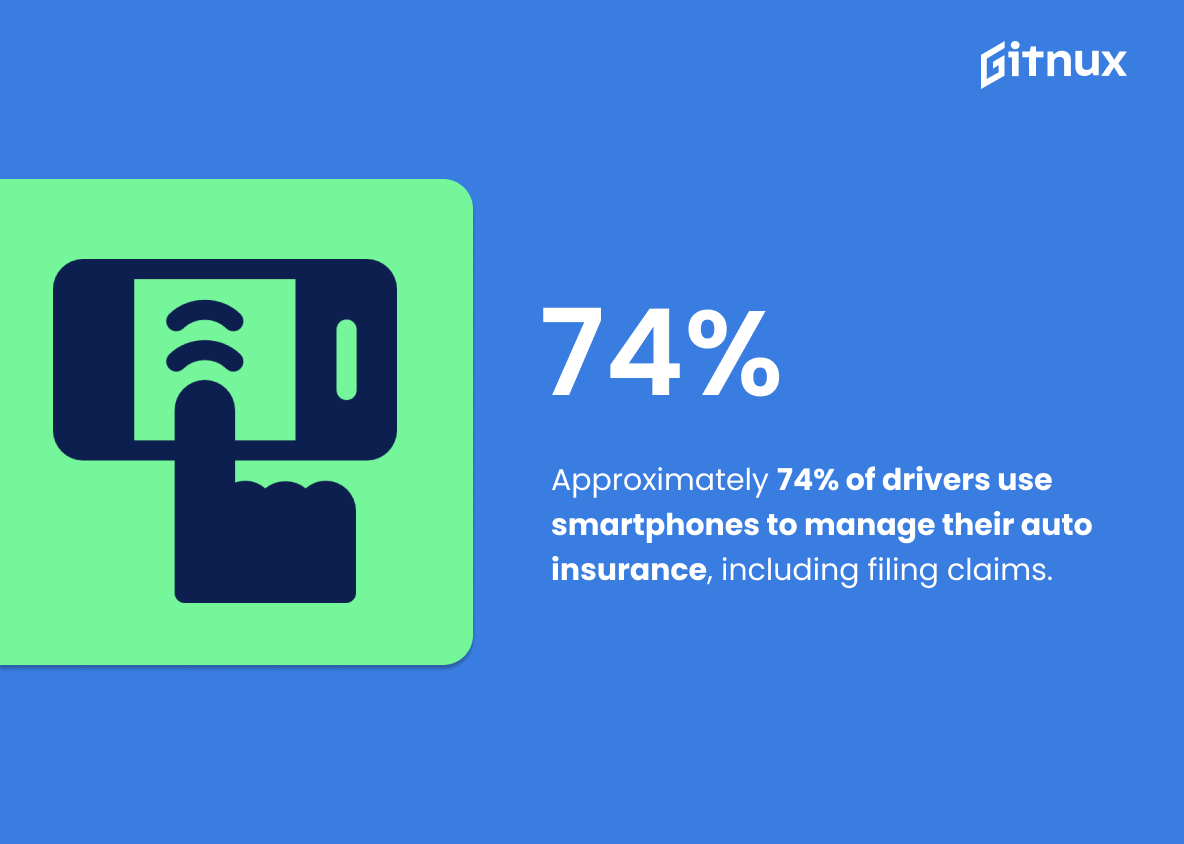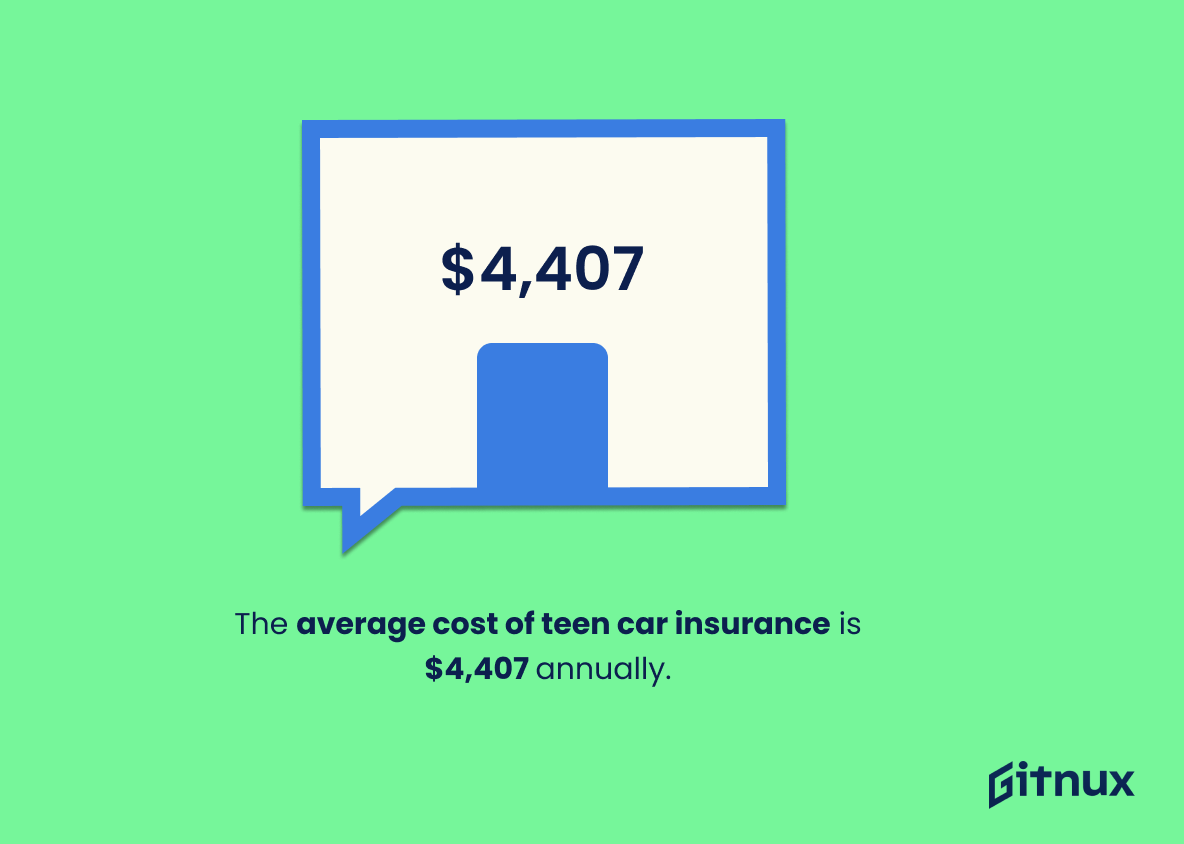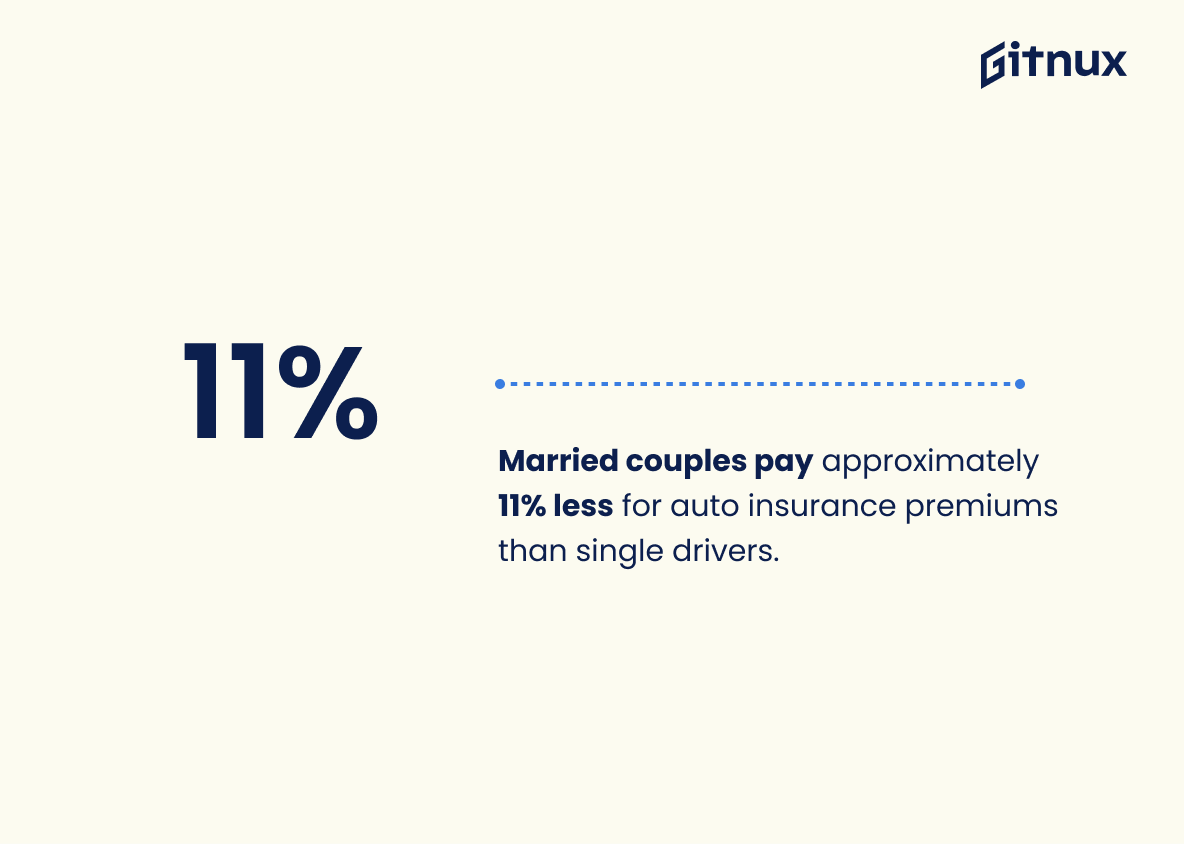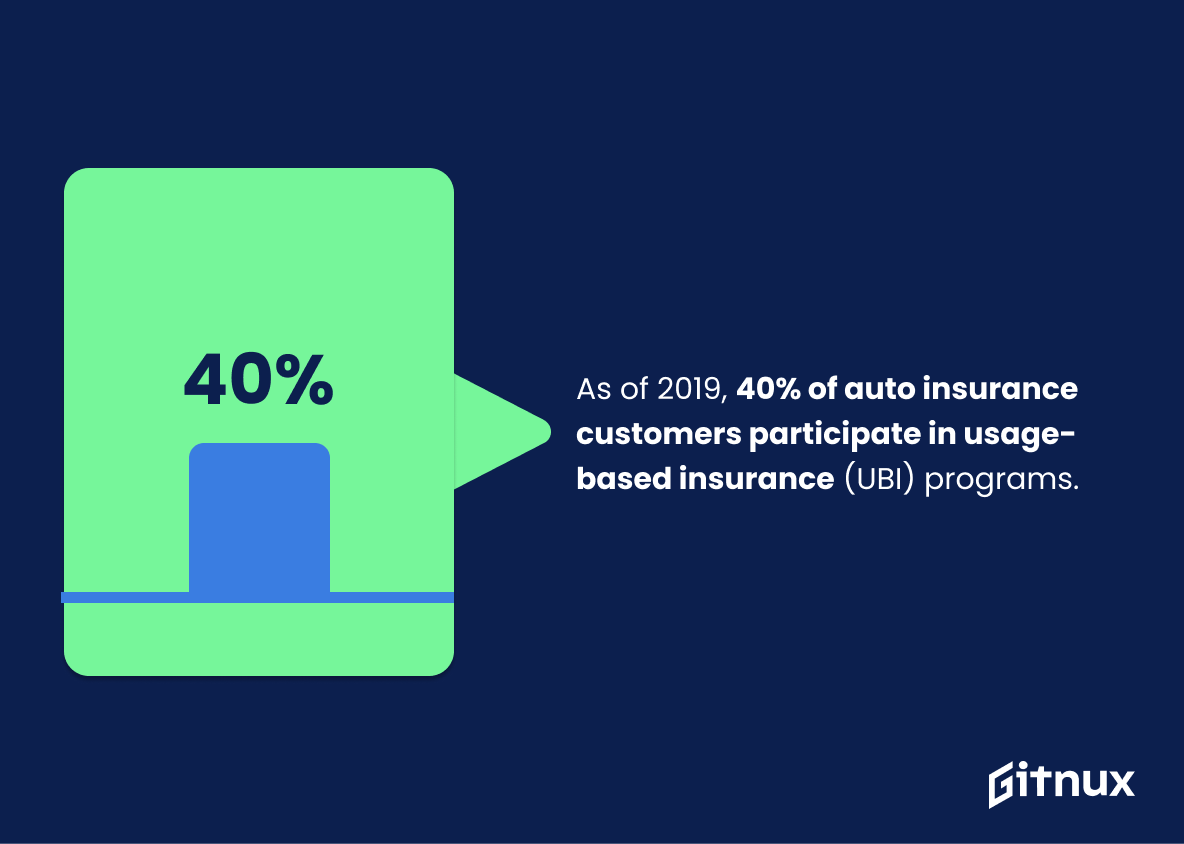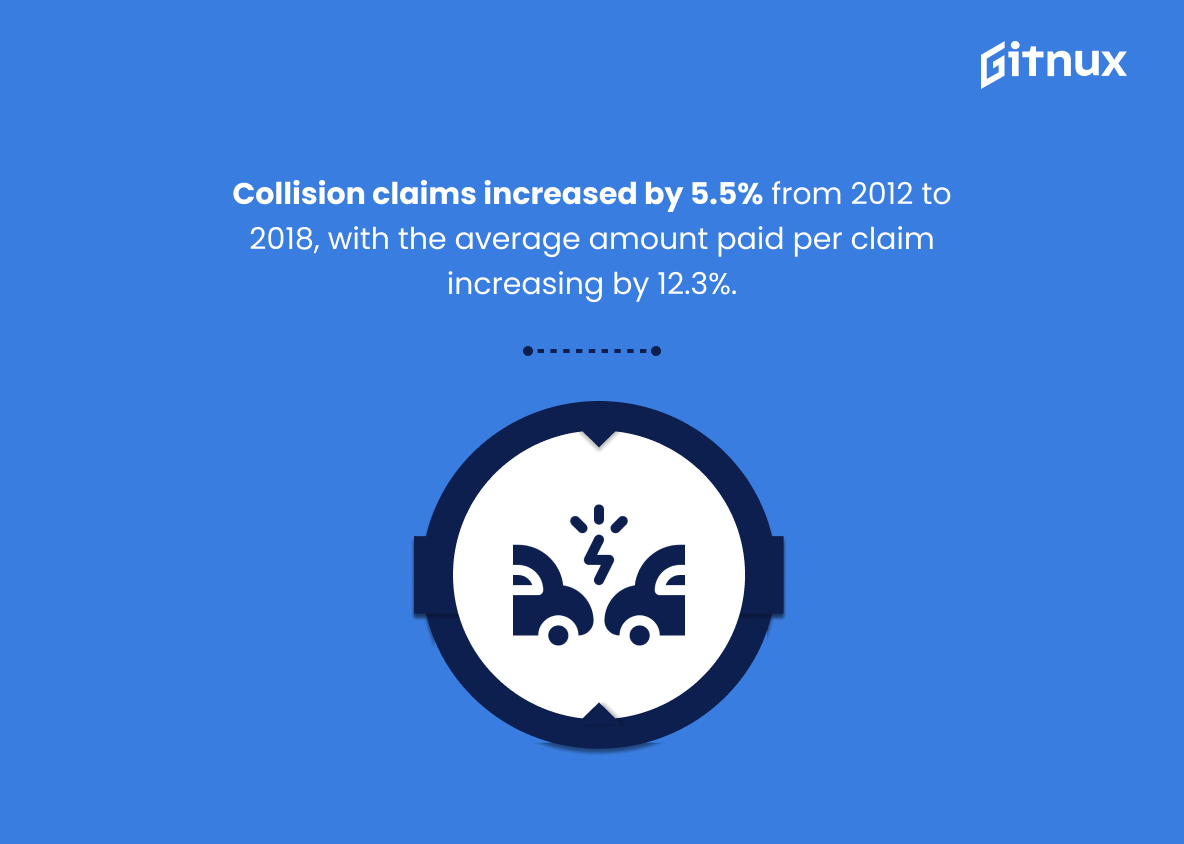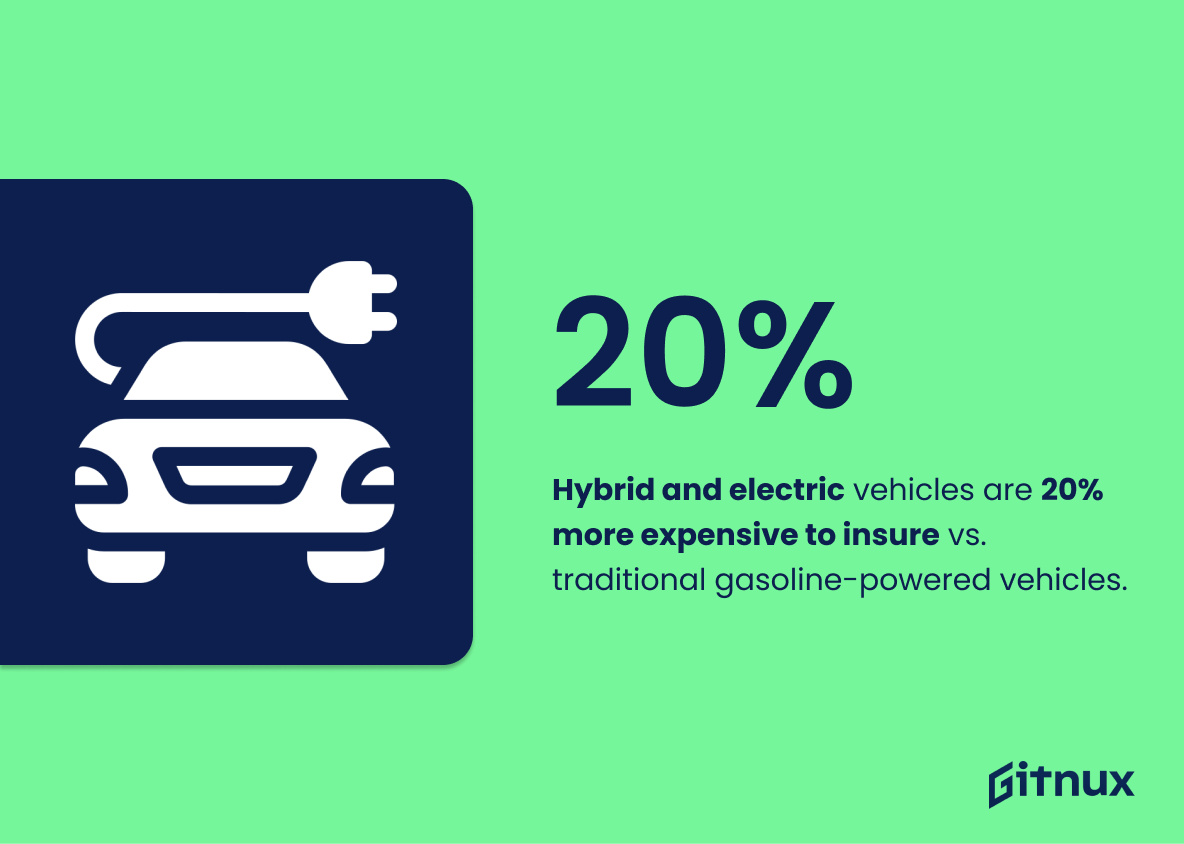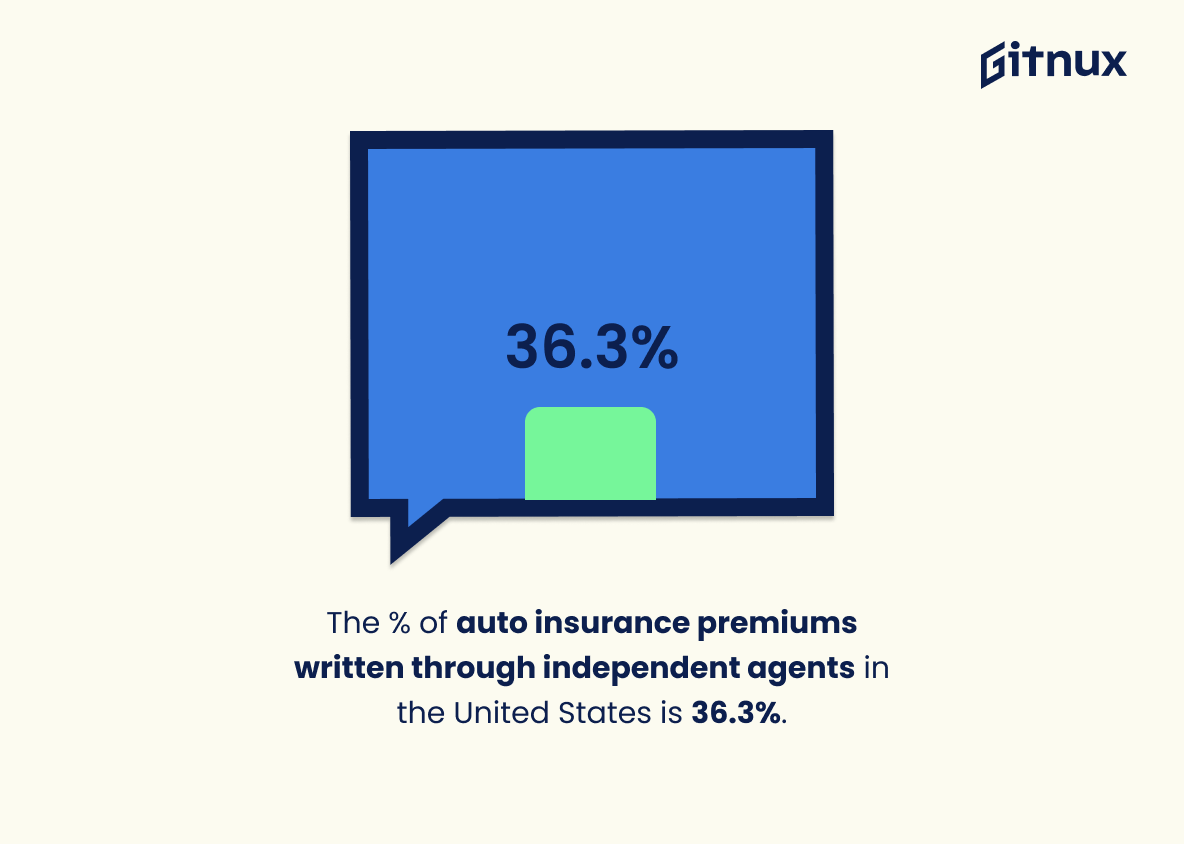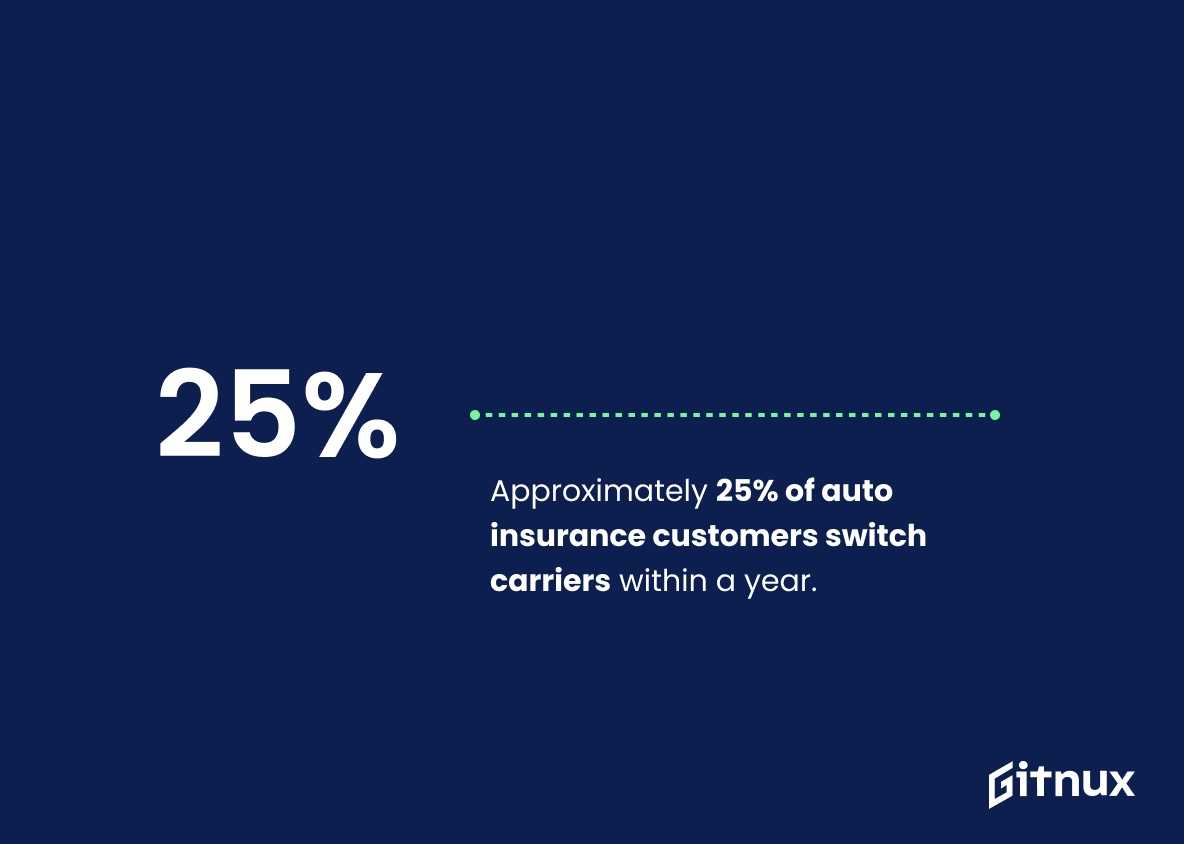Auto insurance is an important part of owning a car. It helps protect you financially in the event of an accident or other incident that causes damage to your vehicle, and it can also provide coverage for medical expenses if someone else is injured as a result. With so many different types of auto insurance policies available, understanding the statistics behind them can help drivers make informed decisions about their coverage options. This blog post will explore some key auto insurance statistics from 2021, including average costs across states and demographics, market size and growth rate trends, uninsured driver rates, claims processing times and more.
This statistic is a stark reminder of the importance of auto insurance. With 12% of drivers in the United States uninsured, it is clear that there is a significant portion of the population that is not adequately protected in the event of an accident. This statistic serves as a warning to those who are considering driving without insurance, as the consequences of being involved in an accident without coverage can be devastating.
On average, Michigan is the state with the highest annual auto insurance premium at $3,096.
This statistic is a stark reminder of the financial burden that Michigan residents face when it comes to auto insurance. With an annual premium of $3,096, Michigan is the most expensive state for auto insurance, making it a costly necessity for drivers in the state.
Auto Insurance Statistics Overview
The US auto insurance market generated a revenue of $322.6 billion in 2021.
This statistic is a testament to the immense size of the US auto insurance market, highlighting the importance of this industry in the US economy. It also serves as a reminder of the sheer number of people who rely on auto insurance to protect their vehicles and financial security. This statistic is a powerful indicator of the impact auto insurance has on the lives of millions of Americans.
The market size of the auto insurance industry in the U.S. has been growing at an average annual rate of 3.6% from 2016 to 2021.
This statistic is a testament to the increasing demand for auto insurance in the U.S. It shows that the industry is growing at a steady rate, indicating that more and more people are recognizing the importance of having auto insurance. This is an important point to make in a blog post about auto insurance statistics, as it highlights the need for people to be aware of the importance of having adequate coverage.
44% of car owners purchase comprehensive insurance policies.
This statistic is significant in the context of a blog post about Auto Insurance Statistics because it provides insight into the decisions that car owners make when it comes to protecting their vehicles. It shows that a large portion of car owners are taking the extra step to ensure their vehicles are fully covered in the event of an accident or other unforeseen circumstance.
In 2019, the total losses due to motor vehicle theft were valued at $6.35 billion.
This statistic is a stark reminder of the importance of auto insurance. With losses due to motor vehicle theft totaling $6.35 billion in 2019, it is clear that having adequate auto insurance coverage is essential for protecting one’s vehicle and financial security.
Statista research shows that Geico, Allstate, and Progressive, are the three largest providers of private passenger auto insurance in the United States.
This statistic is significant in the context of a blog post about Auto Insurance Statistics because it provides a clear indication of the market share of the three largest providers of private passenger auto insurance in the United States. It is a useful piece of information for readers who are looking to compare the offerings of different providers and make an informed decision about which one to choose.
Approximately 74% of drivers use smartphones to manage their auto insurance, including filing claims.
This statistic is a testament to the power of technology in the auto insurance industry. It shows that the majority of drivers are taking advantage of the convenience of using their smartphones to manage their auto insurance, including filing claims. This indicates that the industry is adapting to the digital age and that customers are responding positively to the changes.
The average cost of teen car insurance is $4,407 annually.
This statistic is a telling indication of the financial burden that teen drivers face when it comes to auto insurance. It serves as a reminder that, while the freedom of the open road is exciting, it comes with a hefty price tag.
Married couples pay approximately 11% less for auto insurance premiums than single drivers.
This statistic is a prime example of how being married can have its advantages when it comes to auto insurance premiums. It shows that married couples can save a significant amount of money on their auto insurance premiums, which can be a great incentive for couples to tie the knot.
As of 2019, 40% of auto insurance customers participate in usage-based insurance (UBI) programs.
This statistic is a telling indication of the growing popularity of usage-based insurance (UBI) programs. It shows that more and more auto insurance customers are recognizing the benefits of UBI programs, such as lower premiums and more personalized coverage. This statistic is an important reminder of the changing landscape of auto insurance and the need for customers to stay informed about the latest trends.
Collision claims increased by 5.5% from 2012 to 2018, with the average amount paid per claim increasing by 12.3%.
This statistic is a telling indication of the state of auto insurance in recent years. It suggests that not only are more collisions occurring, but the cost of those collisions is also increasing. This could be due to a variety of factors, such as rising repair costs or an increase in the severity of collisions. Whatever the cause, this statistic is a reminder that auto insurance is an important part of protecting yourself and your vehicle.
Hybrid and electric vehicles are approximately 20% more expensive to insure compared to traditional gasoline-powered vehicles.
This statistic is an important consideration for anyone looking to purchase a hybrid or electric vehicle. It highlights the fact that, while these vehicles may be more environmentally friendly, they come with an additional cost in terms of insurance premiums. This is something that potential buyers should be aware of before making their decision, as it could have a significant impact on their budget.
The percentage of auto insurance premiums written through independent agents in the United States is 36.3%.
This statistic is a telling indication of the importance of independent agents in the auto insurance industry in the United States. It shows that a significant portion of auto insurance premiums are written through independent agents, demonstrating the value they bring to the industry.
Approximately 25% of auto insurance customers switch carriers within a year.
This statistic is a telling indication of the auto insurance market’s volatility. It suggests that customers are actively searching for better deals and are not afraid to switch carriers if they find one. This statistic is a valuable insight into the auto insurance industry and could be used to inform decisions about pricing, customer service, and other factors that influence customer loyalty.
Conclusion
The auto insurance industry is a rapidly changing and evolving market. The statistics presented in this blog post demonstrate the current state of the US auto insurance landscape, including average costs, uninsured drivers, most expensive states for premiums, revenue generated by insurers, growth rate of the industry over time, percentage of policyholders with DUIs or comprehensive policies on their record as well as those who use smartphones to manage their coverage. Additionally we can see that teen car insurance is more costly than adult rates and married couples pay less than single drivers. Usage-based programs are becoming increasingly popular among customers while collision claims have been steadily increasing since 2012. Finally it was revealed that hybrid/electric vehicles cost more to insure compared to traditional gasoline powered cars and 70% of all purchases were made online in 2021.
References
0. – https://www.iii.org
1. – https://www.upgradedpoints.com
2. – https://www.insure.com
3. – https://www.policyadvice.net
4. – https://www.upgradedpoints.com
5. – https://www.nerdwallet.com
6. – https://www.goodtogoinsurance.org
7. – https://www.globenewswire.com
8. – https://www.ibisworld.com
9. – https://www.statista.com
10. – https://www.forbes.com
11. – https://www.supermoney.com
12. – https://www.einsurance.com
